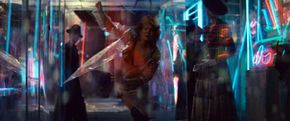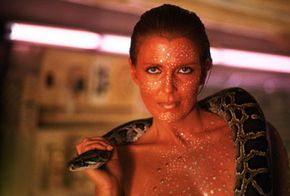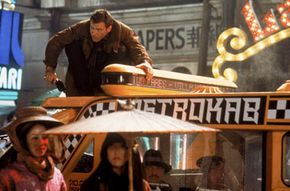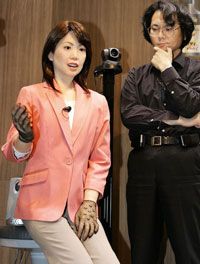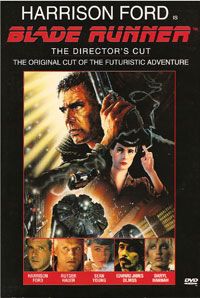Los Angeles, 2019. You're walking down a city street. Dark skies overhead drip with acid rain. Monolithic buildings covered in neon advertising dominate the landscape. Even though many people have moved off-world to the colonies, the street is crowded.
Advertisement
Ahead you see a woman in a see-through plastic raincoat running toward you. You step out of the way and see that she's being followed by a man with a gun. He fires at her as she plows her way through one plate-glass window, then another, until she can run no longer. She lies on the concrete, surrounded by broken glass and blood.
Police turn over the already-stiff body and ask the man for his credentials. He's Rick Deckard, a police officer known as a blade runner. It's his job to track the woman down and "retire" her. But she's no human -- it's a replicant, one of six who killed 23 people, jumped a shuttle and came to Earth for unknown reasons.
Maybe moving off-world isn't such a bad idea after all.
This is the world of Sir Ridley Scott's "Blade Runner." It's a dreary place, to be sure. People pack the streets tightly, and animals are all but extinct. Rain pours from the sky, and even when the sun is shining, it seems dark. Advertising screams, sometimes literally, from every direction. Flying cars take police officers -- and few others -- from place to place. It's a world of high technology and low empathy, not a very human place to live.
The escaped replicants have come here at their peril -- they're illegal on Earth, under penalty of death. So why have they come here? What do they want?
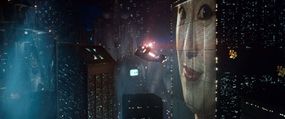
In this article, we'll look at the world of "Blade Runner" and the androids and humans that live there. In the next section, we will look at exactly what replicants are and why they run.
Advertisement
